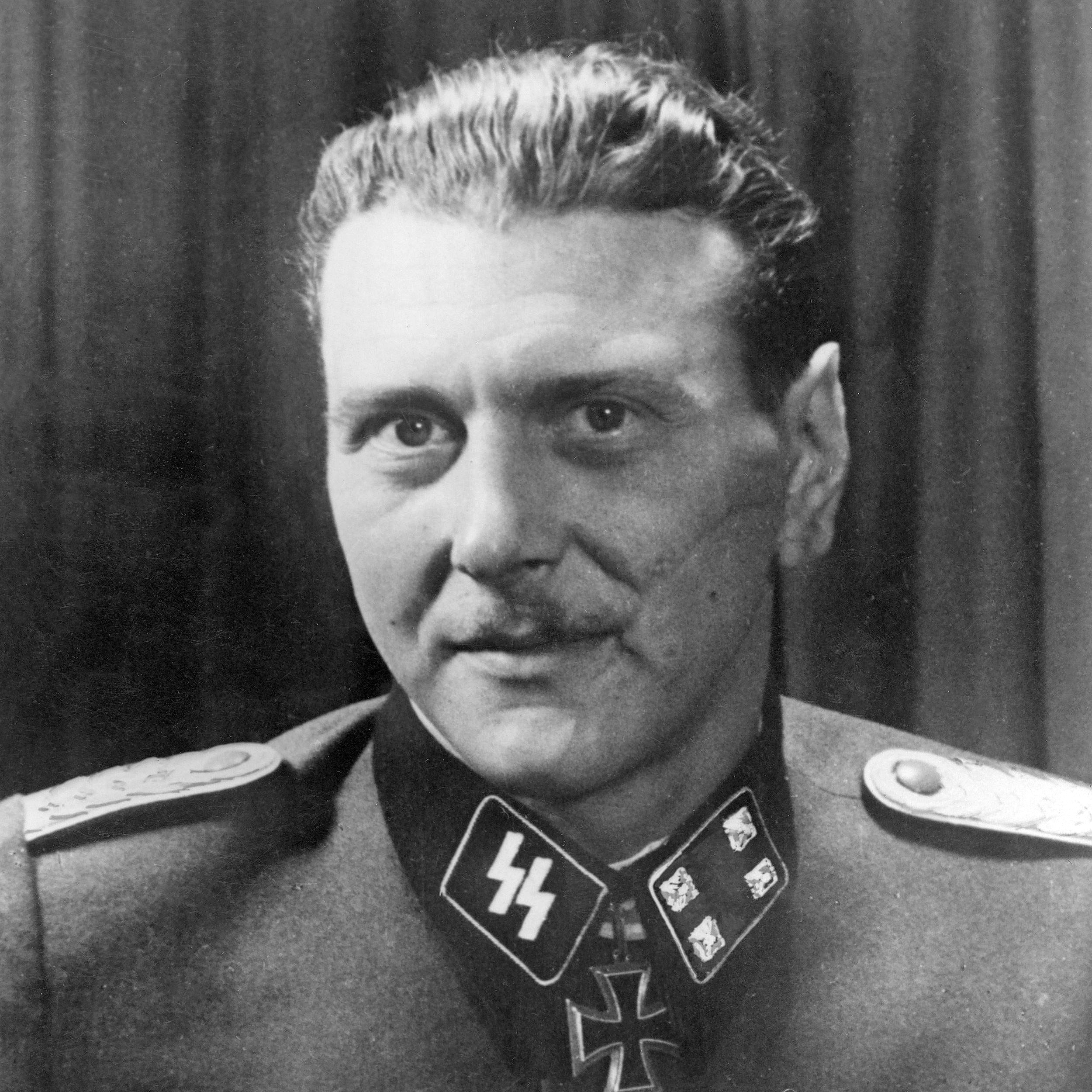
1908 - 1975
Otto Johann Anton Skorzeny
Summary
Name:
Otto Johann Anton SkorzenyNickname:
Scarface of the SSYears Active:
1943 - 1945Birth:
June 12, 1908Status:
DeceasedClass:
MurdererVictims:
1+Method:
ShootingDeath:
July 05, 1975Nationality:
Austria
1908 - 1975
Otto Johann Anton Skorzeny
Summary: Murderer
Name:
Otto Johann Anton SkorzenyNickname:
Scarface of the SSStatus:
DeceasedVictims:
1+Method:
ShootingNationality:
AustriaBirth:
June 12, 1908Death:
July 05, 1975Years Active:
1943 - 1945Date Convicted:
September 9, 1947bio
Otto Skorzeny was born in Vienna, Austria, on June 12, 1908, into a family with a strong tradition of military service. He grew up in a strict, middle-class environment and developed an early fascination with dueling and fencing, which left him with a dramatic scar on his left cheek—a mark that became his trademark. He studied engineering at the Technical University of Vienna and became involved with right-wing, nationalist student groups. In the early 1930s, as Austria became politically unstable, Skorzeny joined the Austrian Nazi Party and the Sturmabteilung (SA). After the Anschluss in 1938, he played a minor role in the Nazi takeover and later claimed to have prevented the assassination of the Austrian president.
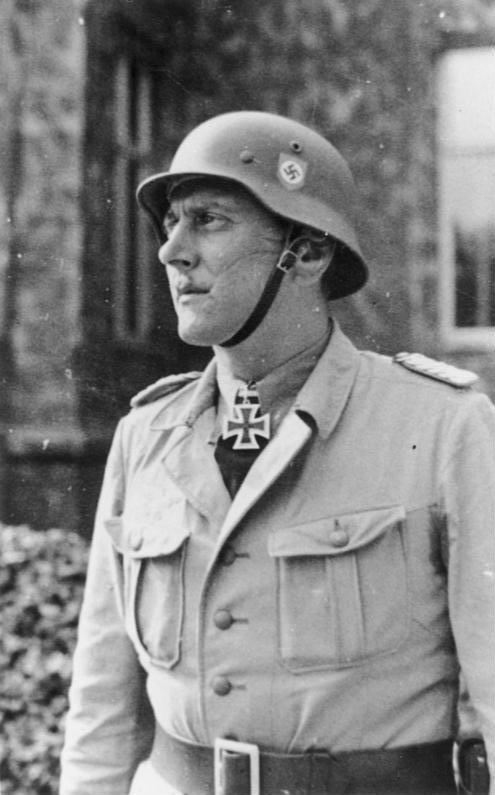
With the outbreak of World War II, Skorzeny initially tried to join the Luftwaffe but was rejected for being too tall and too old. Instead, he joined the Waffen-SS and fought on the Eastern Front as part of the elite "Leibstandarte SS Adolf Hitler" division. He participated in brutal battles around Moscow and suffered a shrapnel injury, earning the Iron Cross Second Class. During his convalescence in Berlin, he developed ideas for unconventional warfare and was soon tasked with forming and commanding special forces units focused on commando and sabotage missions. His daring reputation and readiness for unconventional methods earned him rapid promotion and direct support from top Nazi leaders.
murder story
Otto Skorzeny’s fame and infamy stem from his wartime role as Hitler’s favored commando leader. He first gained international notoriety for leading the September 1943 Gran Sasso raid that rescued Italian dictator Benito Mussolini from Allied captivity—an audacious glider assault that became a Nazi propaganda victory. Over the next two years, Skorzeny masterminded several high-risk operations, including the failed attempt to capture Yugoslav Partisan leader Josip Broz Tito (Raid on Drvar), the kidnapping of Hungarian Regent Miklós Horthy’s son (Operation Panzerfaust) to force Hungary’s continued alliance with Germany, and the infamous Operation Greif, in which German soldiers infiltrated Allied lines wearing stolen American uniforms during the Battle of the Bulge.
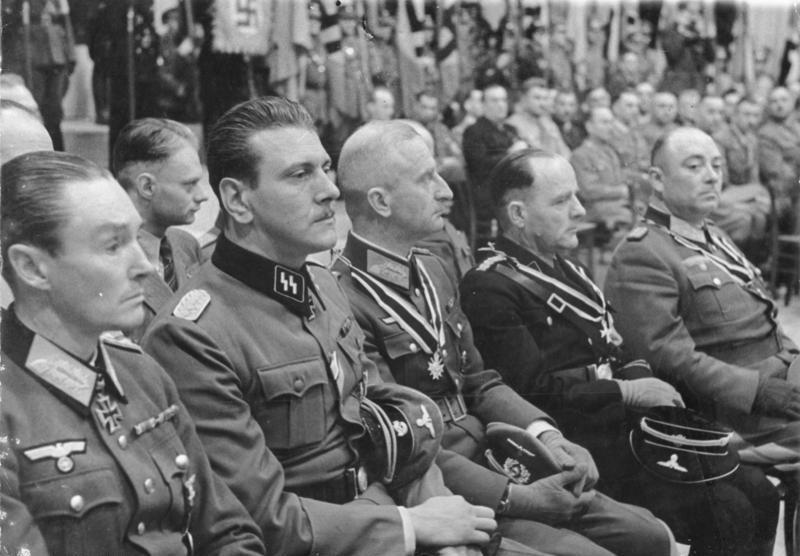
Skorzeny’s use of deception and enemy uniforms led to his prosecution at the Dachau Military Tribunal in 1947, charged with violating the Hague Convention. The court, however, acquitted him and his men, after a British SOE officer testified that the Allies had planned similar operations. Skorzeny was interned pending denazification but escaped in 1948, allegedly with help from former SS colleagues and, possibly, American intelligence.
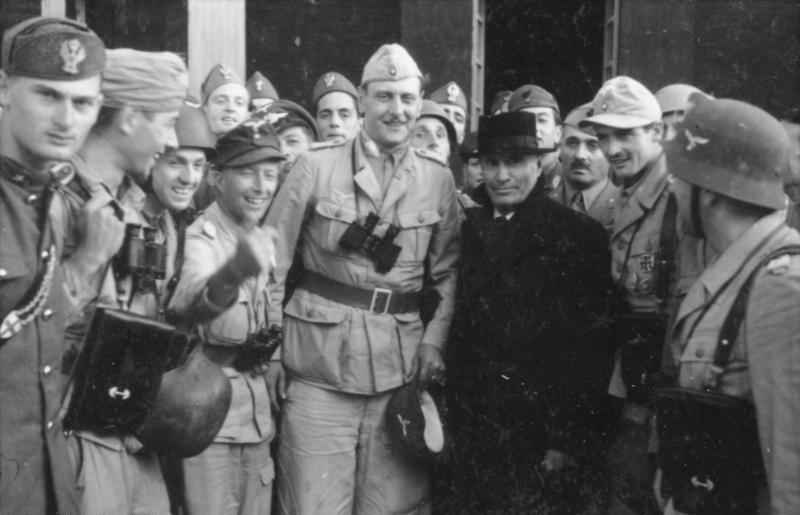
In the postwar years, Skorzeny became a shadowy figure, moving between Spain, Egypt, Ireland, and Argentina. He offered his expertise to governments and underground networks, training commandos for Egyptian President Nasser, allegedly advising Argentine President Juan Perón, and serving as a bodyguard for Eva Perón. Skorzeny was also reportedly recruited by Mossad in the 1960s to help target German scientists working for Egypt’s rocket program—though the details remain contested and partly unverified. He founded the Paladin Group, a mercenary network involved in clandestine operations, and supported right-wing and neo-Nazi circles in Spain. Rumors persisted that he helped hundreds of ex-SS men escape Europe via secret networks.
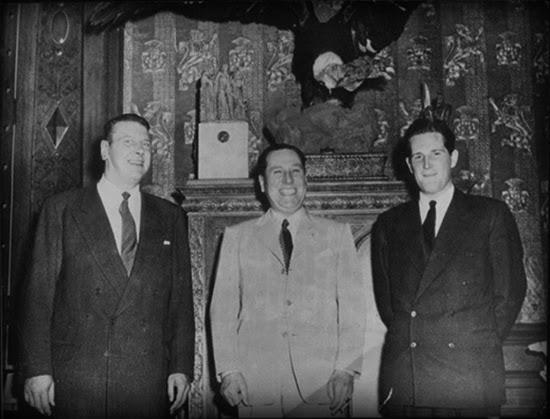
Despite never being convicted of war crimes, Skorzeny remained a controversial figure until his death from lung cancer in Madrid on July 5, 1975. His funerals in Spain and Vienna were attended by former SS comrades who saluted him with Nazi gestures. To the end, Skorzeny never publicly disavowed Nazism, and his legacy remains darkly emblematic of the Nazi regime’s willingness to use unconventional warfare and ruthless deception.